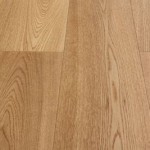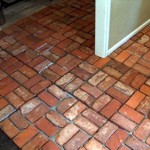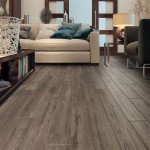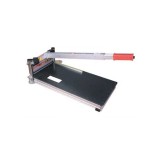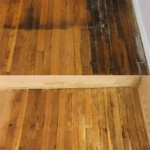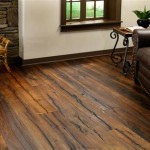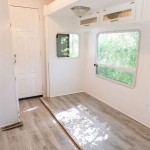Modern Engineered Wood Flooring: A Comprehensive Guide to Its Essential Aspects
Engineered wood flooring has emerged as a popular choice for modern homes and businesses alike. This innovative flooring solution combines the beauty and warmth of natural wood with the durability and stability of engineered materials. To help you understand and appreciate the benefits of modern engineered wood flooring, this article explores its key aspects.
Construction
Engineered wood flooring consists of multiple layers, each serving a specific purpose. The top layer, known as the wear layer, is made of genuine hardwood, providing the floor with its natural beauty and texture. Beneath the wear layer lies a core made of high-density fiberboard (HDF). The HDF core gives the flooring strength, stability, and resistance to moisture and temperature fluctuations.
Durability and Stability
One of the primary advantages of engineered wood flooring is its exceptional durability. The multiple layers of construction make it resistant to scratches, dents, and fading. Additionally, the engineered core minimizes expansion and contraction, ensuring the flooring remains stable in varying environmental conditions.
Moisture Resistance
Unlike solid hardwood flooring, engineered wood is more resistant to moisture and humidity. The HDF core acts as a barrier, preventing moisture from penetrating and damaging the wood. This makes engineered wood an ideal choice for areas prone to spills or humidity, such as kitchens, bathrooms, and basements.
Installation
Engineered wood flooring offers flexibility in installation options. It can be installed as a floating floor, where the planks are clicked together and simply laid over the subfloor. Alternatively, it can be glued or nailed down for a more permanent installation. Both methods are relatively quick and easy, minimizing disruption during installation.
Variety of Finishes and Styles
Modern engineered wood flooring comes in a wide range of finishes and styles, allowing for customization to suit any décor. From traditional hardwood finishes to contemporary distressed or hand-scraped looks, there is an option to complement any aesthetic preference. Additionally,engineered wood flooring can be stained or painted to create a unique and personalized look.
Maintenance
Engineered wood flooring requires minimal maintenance compared to solid hardwood floors. Regular sweeping or vacuuming removes dust and debris, and occasional mopping with a manufacturer-approved cleaner keeps it looking its best. Unlike solid hardwood floors, engineered wood does not require sanding or refinishing, reducing long-term maintenance costs.
Conclusion
Modern engineered wood flooring offers a combination of beauty, durability, and functionality that makes it a versatile and practical choice for any space. Its multiple layers provide exceptional strength and stability, while its resistance to moisture and ease of installation make it ideal for a variety of environments. Whether you seek a traditional hardwood look or a more contemporary style, engineered wood flooring delivers both aesthetic appeal and lasting performance.

Choose The Best Finish For Your Modern Hardwood Floor European Flooring

American Walnut Natural European Oak Modern Engineered Wood Flooring Lux Floors

Result For Modern Engineered Hardwood Flooring White Laminate Living Room Wood Floor Oak Floors

When To Use Engineered Wood Floors

Environmental Benefits Of Engineered Wood Flooring Real Floors

Best Engineered Wood Flooring Options Forbes Home

What Is Engineered Hardwood Flooring America

Madrid European Oak Modern Engineered Wood Flooring 7 5 Wide Lux Floors

Parador Engineered Wood Flooring For The Highest Demands On Interior Design Cfj

Maison Modern Craftsman Signature Collection Engineered Hardwood Flooring By Diamond W The Factory

